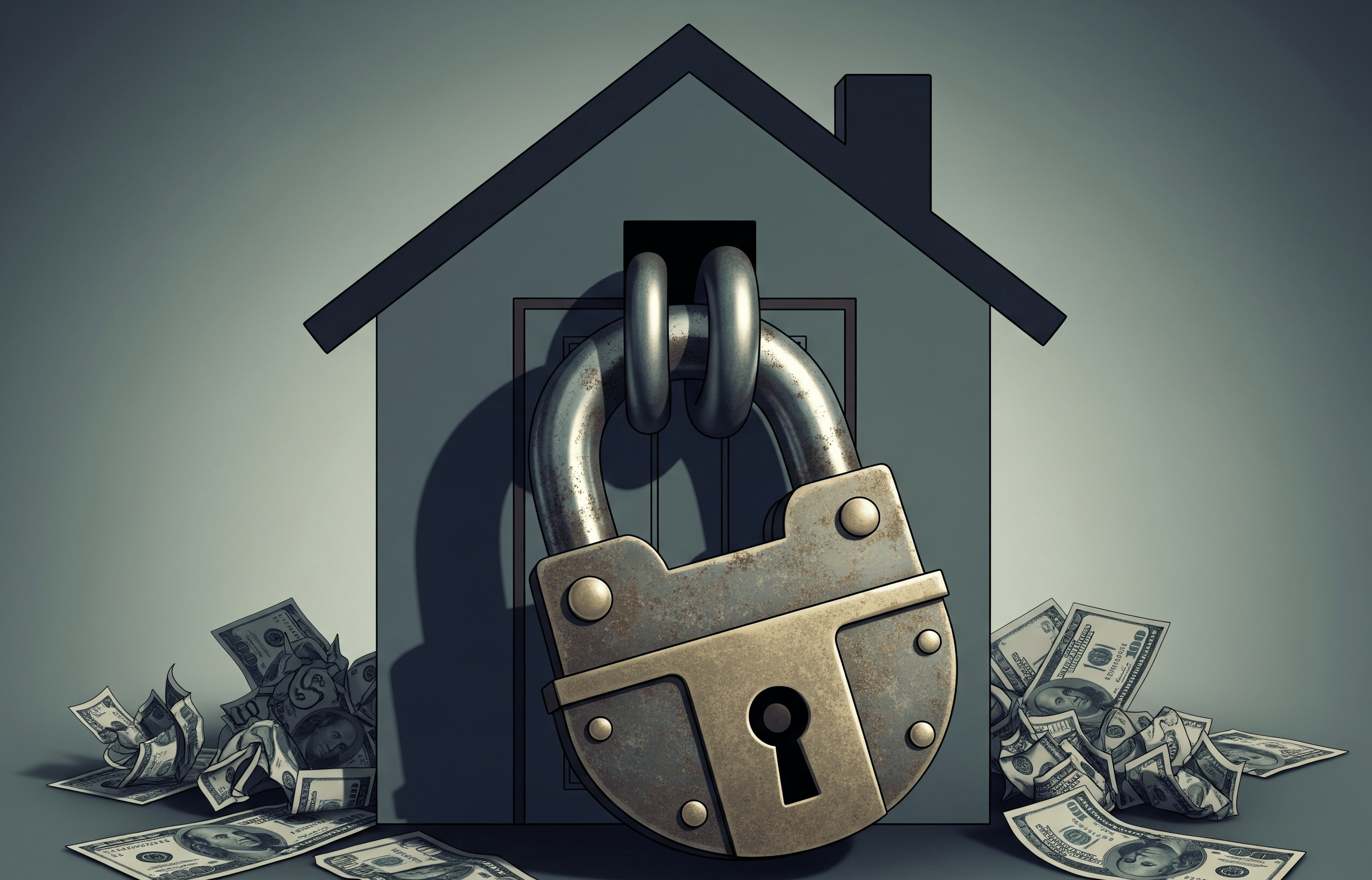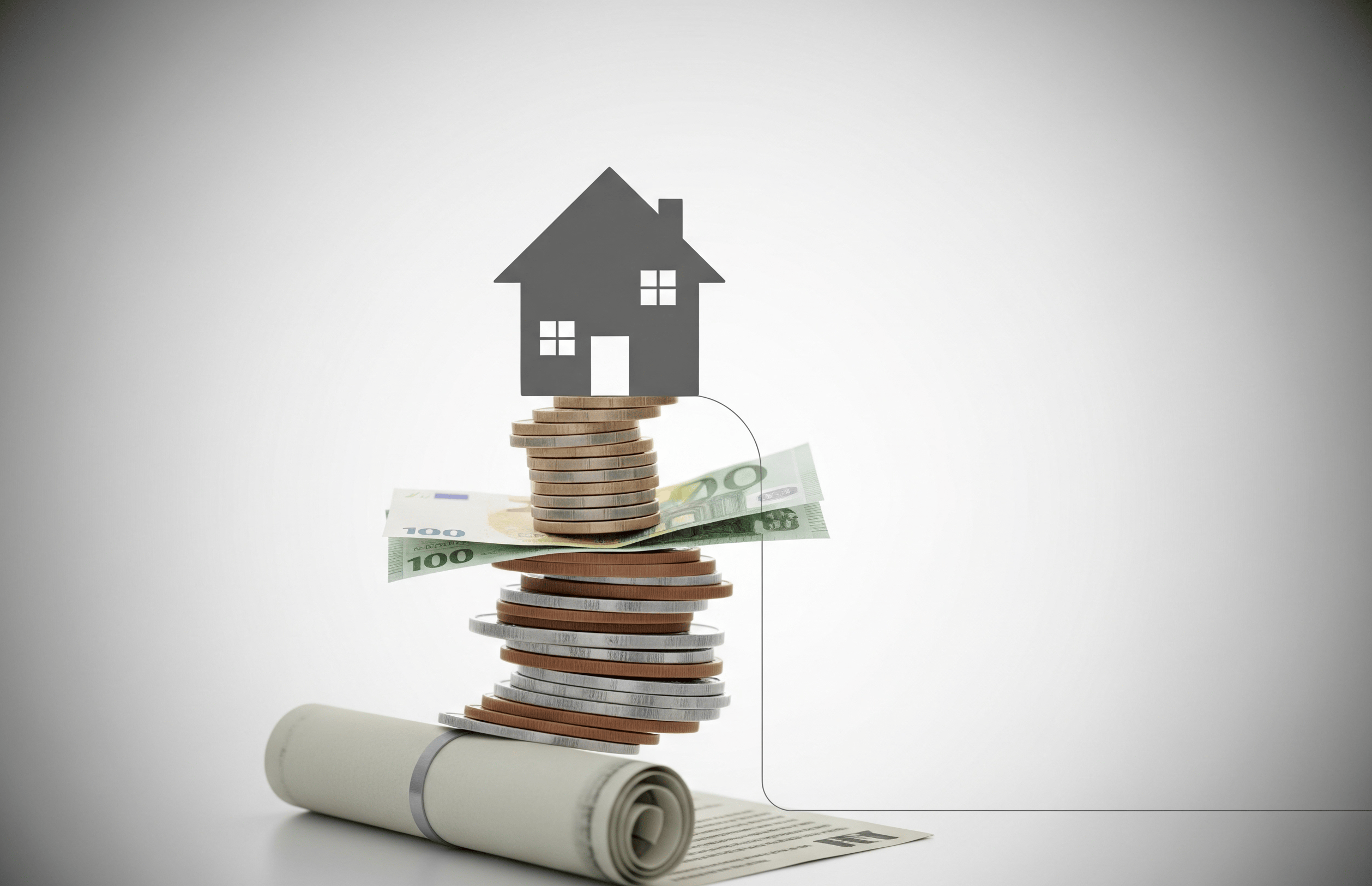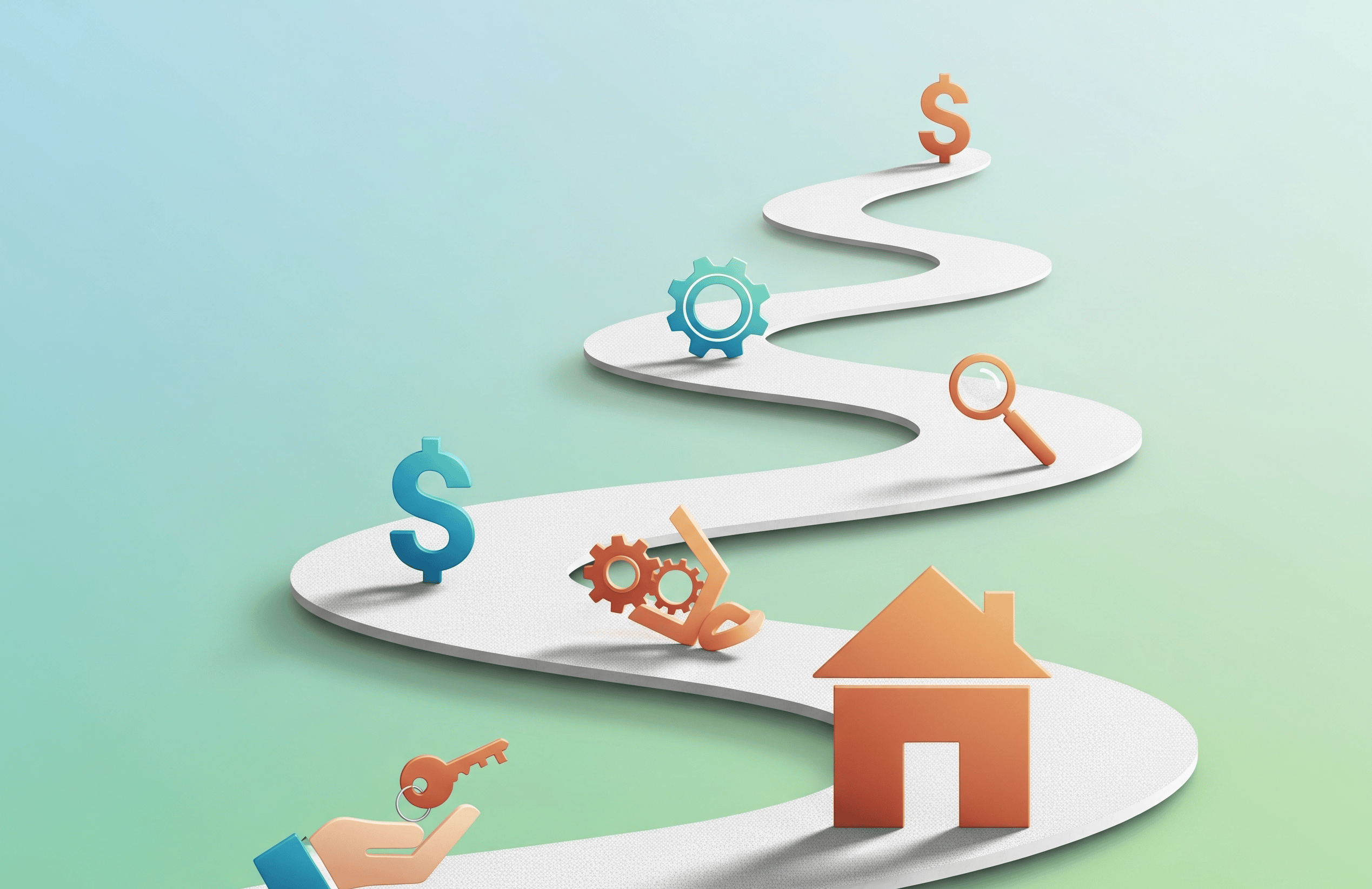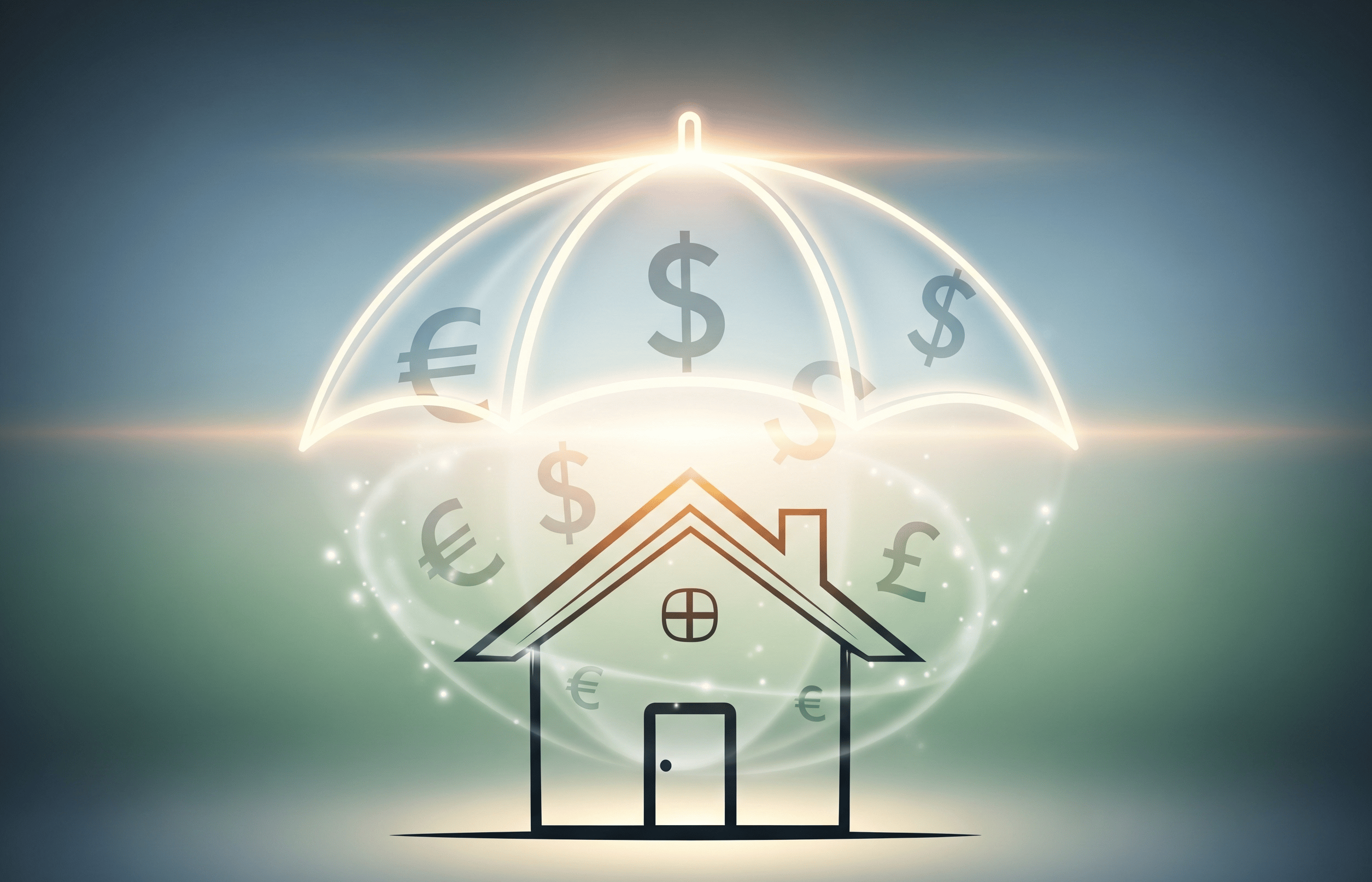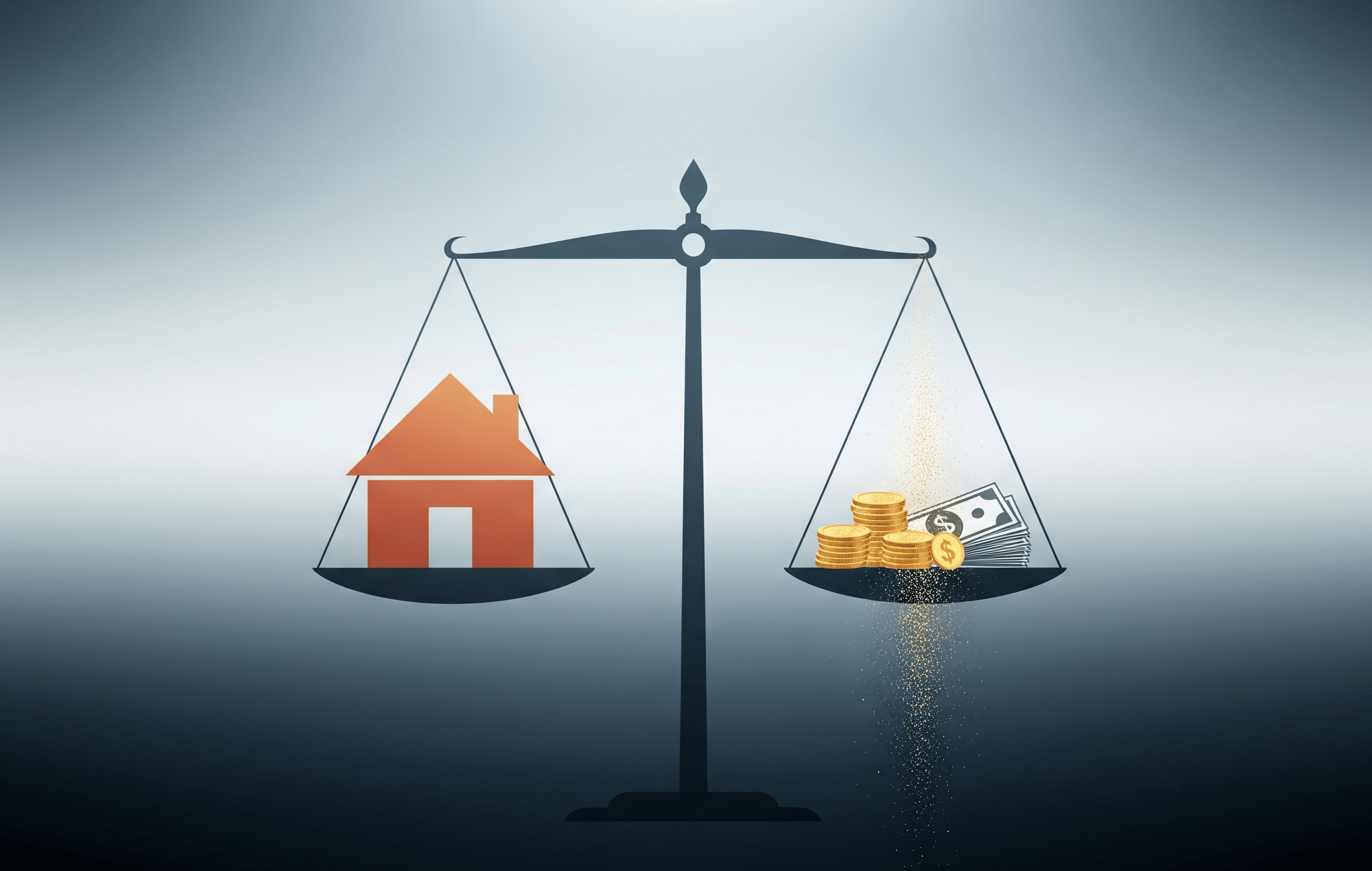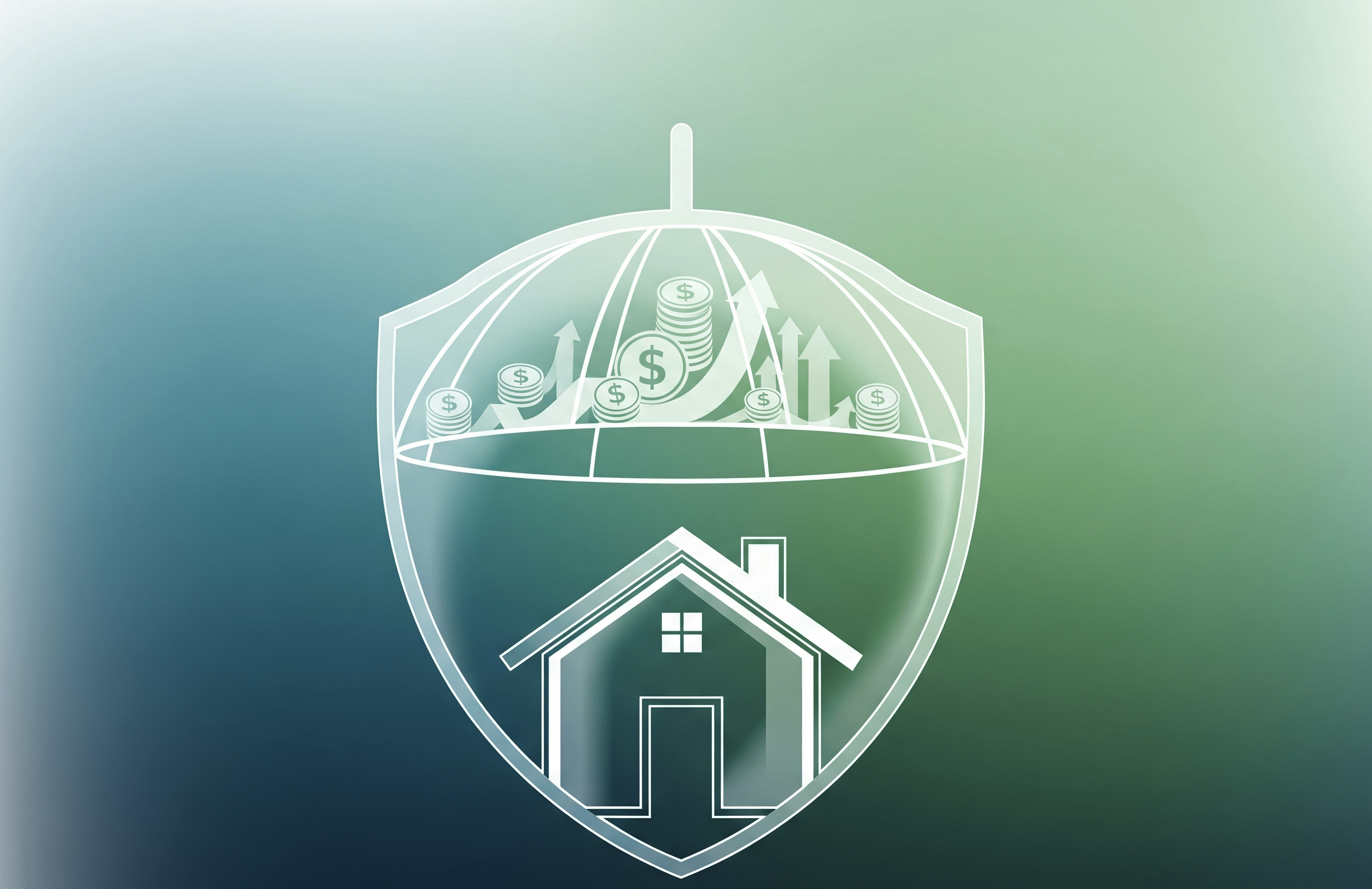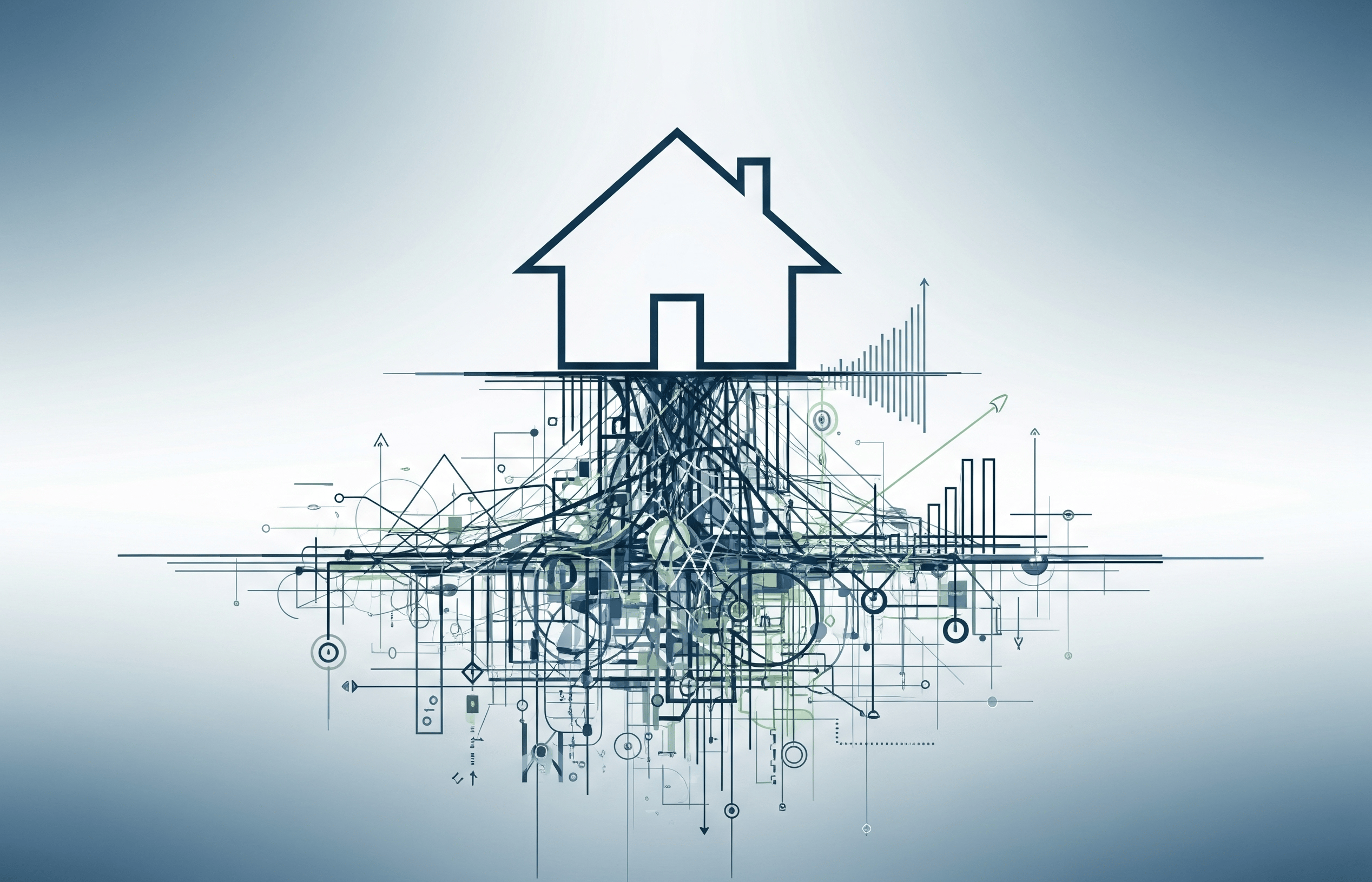Most people don't buy a home in cash. They borrow. And with borrowing comes interest- the silent, persistent cost attached to every monthly payment. However, how mortgage interest is calculated isn't just a dry financial formula. It's a critical piece of the homeownership puzzle that determines what you pay over time.
In a market where interest rates fluctuate, adjustable-rate loans make a comeback, and more lenders factor in borrower risk, knowing how mortgage interest is calculated helps you stay in control, not confused. And if you're looking to qualify for better mortgage terms eventually, the journey starts with building strong credit, and that's where Cheers Credit Builder can help.
Why This Matters More Than Ever
Buying a home may be the most significant financial decision ever. But here's the catch: the price tag isn't just the sticker on the house- it's the long-term cost of the loan. Your interest primarily shapes that cost. And in 2025, with rates hovering around 6.8% and slowly trending downward, timing and structure matter more than ever.
Understanding how mortgage interest is calculated gives you the power to:
- Choose the proper loan structure
- Estimate your real monthly obligations
- Avoid being surprised by rising costs (especially with ARMs or negative amortization loans)
- Take advantage of tools like interest-only periods or refinancing
- And most importantly, build better credit for better mortgage opportunities
How Mortgage Interest Is Calculated
Your mortgage interest depends on the structure of your loan. The most common method is amortization, which is used for fixed-rate and some adjustable-rate mortgages. With amortization, you borrow a lump sum and agree to a fixed or variable interest rate. Each monthly payment includes a combination of interest and principal. Early in the life of the loan, the majority of your payment goes toward interest. As time progresses and your loan balance decreases, the interest portion shrinks while the amount toward the principal increases. This repayment structure is captured in an amortization schedule- a month-by-month breakdown showing exactly how much each payment is allocated to interest versus principal.
The Basic Formula for Mortgage Interest
Let's simplify:
Monthly Interest = (Annual Interest Rate ÷ 12) × Current Loan Balance
If you have a 6.5% interest rate and a $300,000 balance:
- 0.065 ÷ 12 = 0.005416
- 0.005416 × $300,000 = $1,624.80 in interest for that month.
As you pay down your balance, this number shrinks. But if you refinance, miss payments, or change terms, it recalculates.

APR vs Interest Rate: Why It Matters
The interest rate on a mortgage is what lenders charge you to borrow the money. However, it doesn't reflect the full cost of the loan. That's where the APR-Annual Percentage Rate comes in. APR includes the interest rate and other fees associated with the loan, such as points, origination fees, and closing costs. This means APR offers a more accurate picture of your pay over time. Two loans might have identical interest rates, but the one with a higher APR likely comes with more fees. When comparing offers from lenders, focusing only on the interest rate can be misleading. For an accurate apples-to-apples comparison, always look at the APR. And if your credit score isn't where it needs to be, using Cheers to strengthen it could help you qualify for more competitive APRs.
Fixed, Variable, and Interest-Only: The Type You Choose Matters
The structure of your loan directly affects how your mortgage interest is calculated. Fixed-rate mortgages lock in the same interest rate for the entire loan term, providing predictability and stable monthly payments. Long-term homeowners often favor this option.
On the other hand, adjustable-rate mortgages (ARMs) start with a lower fixed rate for a set period and then adjust periodically based on market conditions. Your interest rate and monthly payment can increase or decrease over time. ARMs can be appealing if you plan to sell or refinance before the adjustment period begins.
Then there are interest-only mortgages, where you pay only interest for an initial term (usually 5 to 10 years). These offer lower initial payments but result in higher costs later, as you eventually begin paying both interest and principal.
If you're preparing to buy a home, improving your credit profile with Cheers Credit Builder helps you access these loan options with stronger terms- so you don't settle for what's available; you choose what fits.
Factors That Influence Your Mortgage Interest
Mortgage interest rates are not one-size-fits-all. Lenders evaluate several factors to determine the rate they offer you. Your credit score is one of the most significant influencers. Higher scores typically secure lower rates, while lower scores may lead to higher costs. The amount you borrow also plays a role; larger "jumbo" loans often come with increased interest rates.
Another key consideration is your loan-to-value (LTV) ratio, which compares the loan amount to the home's appraised value. A higher LTV suggests more risk for the lender and usually results in a higher interest rate. The type of property you're buying-such as a primary residence versus an investment property, also affects your rate, with investment properties generally carrying higher costs. Lastly, how you document your income matters. Borrowers who provide full-income documentation typically qualify for lower rates than those using stated-income or alternative documentation loans.
If you're starting to build credit, tools like Cheers help improve the most critical input lenders care about- your reliability as a borrower.
What's Happening in the Market Right Now?
According to recent reports, 30-year fixed mortgage rates are holding steady at around 6.8%, but forecasters predict they'll drop closer to 6.2-6.4% by the end of 2025. Adjustable-rate and interest-only products are becoming more common as buyers seek ways to lower upfront payments in an expensive housing market.
If you plan to buy or refinance this year, pay close attention to Federal Reserve announcements, regional lender incentives, and credit-building opportunities that position you for better terms. And remember: the strongest offers usually go to borrowers with the strongest credit. Start improving yours today with Cheers.
How to Stay Ahead of Interest Costs
Managing your mortgage interest doesn't stop after you close. There are innovative ways to reduce what you pay over time. Start by shopping around and comparing lenders- then negotiate. Mortgage calculators can be used to assess the real cost using APR. Once you're on your loan, consider making extra payments toward the principal. Even small additional payments each month can shorten your loan term and reduce your overall interest. Keep an eye on refinancing options if rates fall. Understand the structure of your loan inside and out, especially if you're in an ARM or interest-only agreement.
And most importantly, continue strengthening your credit profile. Whether you're buying next month or next year, Cheers Credit Builder can help you lock in better loan options and save thousands in interest.
Final Thoughts: Clarity Builds Confidence
Understanding how mortgage interest is calculated isn't just about math- it's about clarity, preparation, and long-term confidence. When you know how interest works, you don't get blindsided by fine print, rising rates, or unexpected costs.
And if you're still building your credit, Cheers is here to support the process. Strong credit doesn't just open doors- it lowers the cost of walking through them.





